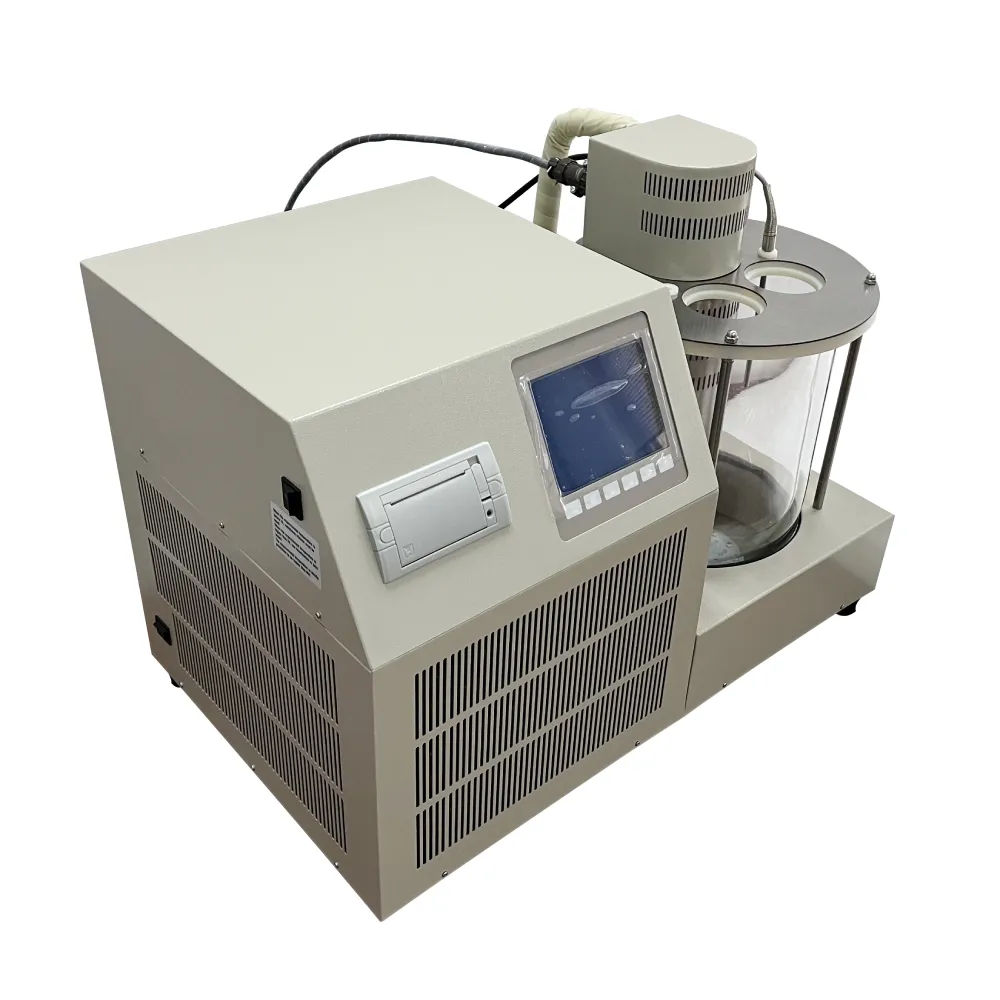 English
English



-
 Afrikaans
Afrikaans -
 Albanian
Albanian -
 Amharic
Amharic -
 Arabic
Arabic -
 Armenian
Armenian -
 Azerbaijani
Azerbaijani -
 Basque
Basque -
 Belarusian
Belarusian -
 Bengali
Bengali -
 Bosnian
Bosnian -
 Bulgarian
Bulgarian -
 Catalan
Catalan -
 Cebuano
Cebuano -
 China
China -
 China (Taiwan)
China (Taiwan) -
 Corsican
Corsican -
 Croatian
Croatian -
 Czech
Czech -
 Danish
Danish -
 Dutch
Dutch -
 English
English -
 Esperanto
Esperanto -
 Estonian
Estonian -
 Finnish
Finnish -
 French
French -
 Frisian
Frisian -
 Galician
Galician -
 Georgian
Georgian -
 German
German -
 Greek
Greek -
 Gujarati
Gujarati -
 Haitian Creole
Haitian Creole -
 hausa
hausa -
 hawaiian
hawaiian -
 Hebrew
Hebrew -
 Hindi
Hindi -
 Miao
Miao -
 Hungarian
Hungarian -
 Icelandic
Icelandic -
 igbo
igbo -
 Indonesian
Indonesian -
 irish
irish -
 Italian
Italian -
 Japanese
Japanese -
 Javanese
Javanese -
 Kannada
Kannada -
 kazakh
kazakh -
 Khmer
Khmer -
 Rwandese
Rwandese -
 Korean
Korean -
 Kurdish
Kurdish -
 Kyrgyz
Kyrgyz -
 Lao
Lao -
 Latin
Latin -
 Latvian
Latvian -
 Lithuanian
Lithuanian -
 Luxembourgish
Luxembourgish -
 Macedonian
Macedonian -
 Malgashi
Malgashi -
 Malay
Malay -
 Malayalam
Malayalam -
 Maltese
Maltese -
 Maori
Maori -
 Marathi
Marathi -
 Mongolian
Mongolian -
 Myanmar
Myanmar -
 Nepali
Nepali -
 Norwegian
Norwegian -
 Norwegian
Norwegian -
 Occitan
Occitan -
 Pashto
Pashto -
 Persian
Persian -
 Polish
Polish -
 Portuguese
Portuguese -
 Punjabi
Punjabi -
 Romanian
Romanian -
 Russian
Russian -
 Samoan
Samoan -
 Scottish Gaelic
Scottish Gaelic -
 Serbian
Serbian -
 Sesotho
Sesotho -
 Shona
Shona -
 Sindhi
Sindhi -
 Sinhala
Sinhala -
 Slovak
Slovak -
 Slovenian
Slovenian -
 Somali
Somali -
 Spanish
Spanish -
 Sundanese
Sundanese -
 Swahili
Swahili -
 Swedish
Swedish -
 Tagalog
Tagalog -
 Tajik
Tajik -
 Tamil
Tamil -
 Tatar
Tatar -
 Telugu
Telugu -
 Thai
Thai -
 Turkish
Turkish -
 Turkmen
Turkmen -
 Ukrainian
Ukrainian -
 Urdu
Urdu -
 Uighur
Uighur -
 Uzbek
Uzbek -
 Vietnamese
Vietnamese -
 Welsh
Welsh -
 Bantu
Bantu -
 Yiddish
Yiddish -
 Yoruba
Yoruba -
 Zulu
Zulu
temperature rise test of transformer pdf
Understanding the Temperature Rise Test of Transformers
The temperature rise test of transformers is a critical procedure to ensure their reliability and efficiency in electrical installations. This test is designed to assess how much a transformer’s temperature increases during operation, which is vital for its performance and longevity. In this article, we will delve into the importance, methodology, and implications of the temperature rise test.
Firstly, understanding the significance of this test is key. Transformers are essential components in electrical distribution systems, serving to convert voltage levels and enable efficient power transmission. However, as they operate, they generate heat due to losses—primarily copper losses in the windings and core losses in the magnetic circuit. Excessive heat can lead to insulation degradation, reduced efficiency, and ultimately, transformer failure. Therefore, the temperature rise test helps to determine whether a transformer can operate within its designed thermal limits under specified load conditions.
The methodology of conducting a temperature rise test is well-defined. The test usually involves subjecting the transformer to its full-rated load in a controlled environment. Before the test, baseline temperature readings of the transformer’s winding and oil are recorded at ambient conditions. The transformer is then energized and allowed to operate under load for a predetermined period, often several hours. During this time, the temperatures of the windings and the insulating oil are continuously monitored using calibrated thermocouples or other appropriate sensors. At the end of the specified duration, temperature readings are taken again, and the rise in temperature is calculated.
temperature rise test of transformer pdf

Interpreting the results of the temperature rise test is crucial for evaluating the transformer's efficiency. There are established standards, such as those from the International Electrotechnical Commission (IEC), that dictate the permissible temperature rise limits. Typically, the winding temperature rise should not exceed 40°C for ambient temperatures up to 40°C. By comparing the measured temperature rise against these standards, engineers can ascertain whether a transformer is operating safely within its thermal limits.
Additionally, the test results can also inform maintenance schedules and operational adjustments. If a transformer exhibits higher-than-expected temperature rises, it may signify issues such as inadequate cooling, excessive load, or internal faults. Prompt identification of these conditions allows for corrective actions, thereby preventing failures and extending the operational life of the transformer.
In conclusion, the temperature rise test of transformers is an essential evaluation method that provides insights into a transformer's thermal management and operational reliability. By ensuring that transformers operate within their designated thermal limits, these tests play a crucial role in maintaining the stability and safety of electrical power systems. Regular testing and monitoring not only enhance the performance of individual transformers but also contribute to the overall efficiency of electrical infrastructure, ultimately leading to a more reliable power supply for consumers.
-
Testing Equipment Industry Sees Major Advancements in 2025: Smart & Precision Technologies Lead the WayNewsJun.06,2025
-
Applications of Direct Current Generators in Renewable Energy SystemsNewsJun.05,2025
-
Hipot Tester Calibration and Accuracy GuidelinesNewsJun.05,2025
-
Digital Circuit Breaker Analyzer Features and BenefitsNewsJun.05,2025
-
Benefits of Real-Time Power Quality Monitoring Devices for Industrial EfficiencyNewsJun.05,2025
-
Earth Fault Loop Testing in High-Rise Building Electrical SystemsNewsJun.05,2025



